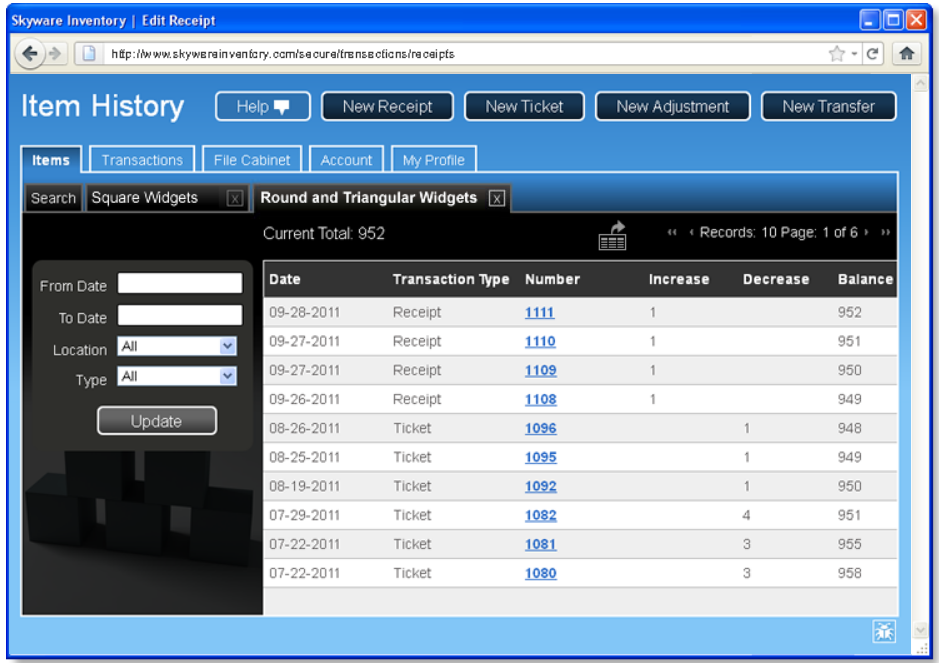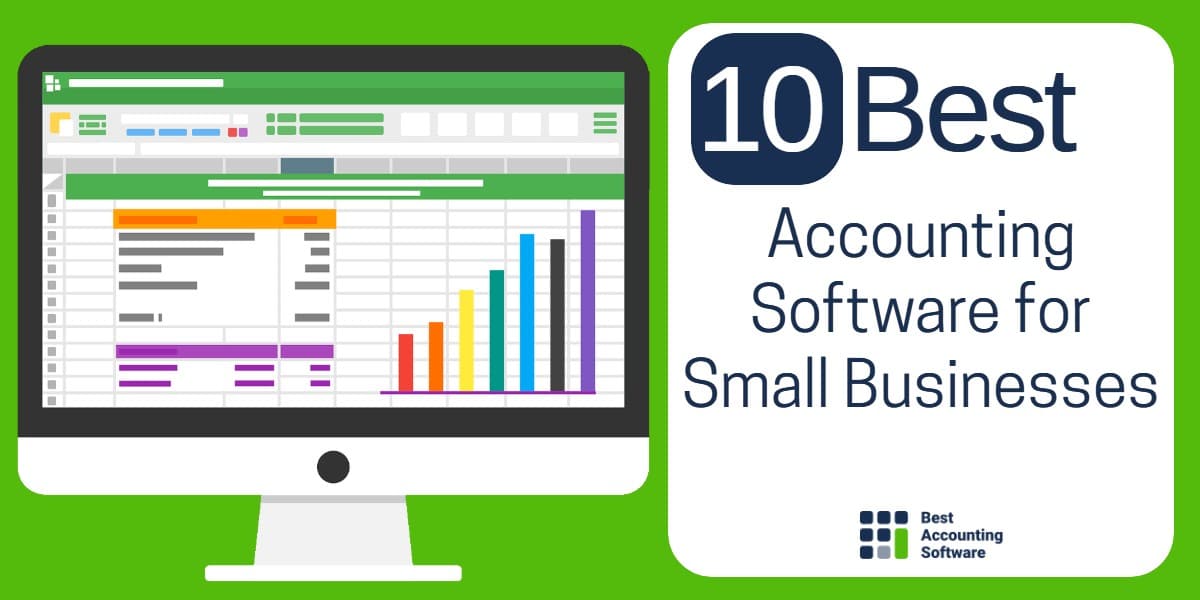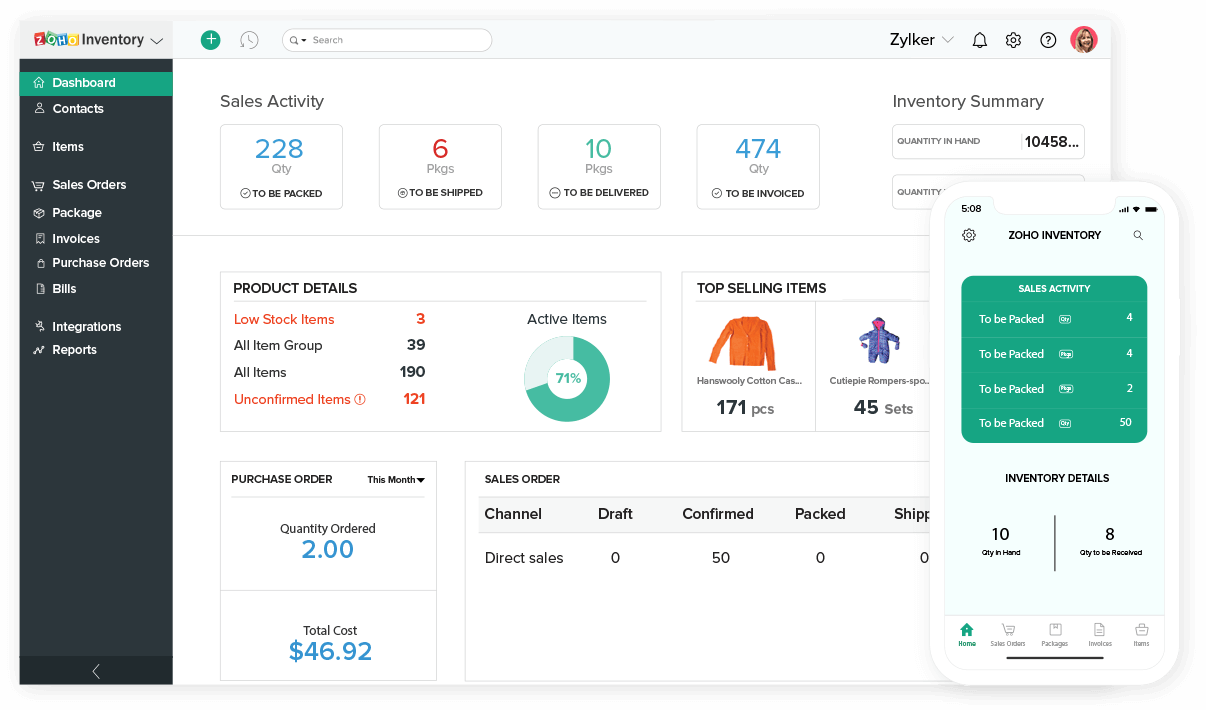Discover the transformative power of accounting business inventory small software, a revolutionary tool that empowers small accounting firms to streamline their operations, enhance efficiency, and unlock unprecedented growth. Join us as we delve into the intricacies of inventory management, unraveling the benefits, features, and strategies that will elevate your business to new heights.
From understanding the types of inventory management systems and their applications to mastering inventory tracking methods and valuation techniques, this comprehensive guide will equip you with the knowledge and insights you need to optimize your inventory, minimize costs, and maximize profitability.
Business Inventory Software for Small Accounting Firms
Small accounting firms can greatly benefit from utilizing inventory software to streamline their operations and enhance their efficiency. This software assists in managing inventory levels, tracking stock movements, and providing valuable insights into stock performance.
Several popular inventory software options are available for small businesses, including QuickBooks Inventory, NetSuite Inventory Management, and Zoho Inventory. These software solutions offer a range of features tailored to the specific needs of small accounting firms.
Key Features to Consider
When selecting inventory software for a small accounting firm, it is crucial to consider the following key features:
- Inventory Management: The software should provide comprehensive inventory management capabilities, including stock tracking, stock adjustments, and stock transfers.
- Reporting and Analytics: The software should generate detailed reports and provide insights into stock performance, stock turnover, and stock valuation.
- Integration with Accounting Software: Seamless integration with accounting software is essential for efficient data transfer and reconciliation.
- Mobile Accessibility: The software should offer mobile accessibility, allowing accountants to manage inventory on the go.
- Scalability: The software should be scalable to accommodate the growing needs of the accounting firm as it expands.
Types of Inventory Management Systems

Inventory management systems play a crucial role in streamlining inventory operations and optimizing stock levels. Different types of systems cater to specific business needs, offering varying advantages and disadvantages. Understanding these variations is essential for selecting the most suitable system for your organization.
Periodic Inventory System
- Updates inventory records at the end of a specific period, typically monthly or quarterly.
- Advantages: Simple to implement and cost-effective.
- Disadvantages: Can lead to inaccuracies due to infrequent updates and requires a physical count to determine stock levels.
Perpetual Inventory System
- Continuously updates inventory records after each transaction.
- Advantages: Provides real-time inventory visibility, reduces the risk of stockouts, and enables accurate forecasting.
- Disadvantages: Requires more frequent data entry and can be more complex to implement.
Hybrid Inventory System, Accounting business inventory small software
- Combines elements of both periodic and perpetual systems.
- Advantages: Offers a balance between accuracy and cost-effectiveness.
- Disadvantages: Can be more complex to implement than a pure periodic or perpetual system.
Examples of Inventory Management Systems in Practice
Various businesses utilize different inventory management systems based on their specific needs and industry:
- Retail stores: Often use perpetual inventory systems to track fast-moving items and prevent stockouts.
- Manufacturing companies: May employ periodic inventory systems for raw materials and work-in-progress inventories.
- Healthcare facilities: Typically implement perpetual inventory systems to manage critical medical supplies and ensure patient safety.
Inventory Tracking Methods

Inventory tracking is crucial for businesses of all sizes, but especially for small businesses with limited resources. Efficient inventory management allows businesses to optimize their stock levels, minimize waste, and improve their overall profitability.
There are several methods used to track inventory, each with its own advantages and disadvantages. The most common methods include:
Manual Inventory Tracking
- Involves physically counting and recording inventory items on a regular basis.
- Simple and inexpensive, but can be time-consuming and error-prone.
- Suitable for small businesses with a limited number of inventory items.
Periodic Inventory Tracking
- Involves counting inventory at regular intervals, such as monthly or quarterly.
- More accurate than manual inventory tracking, but still requires physical counting.
- Can be used by businesses with a larger number of inventory items.
Perpetual Inventory Tracking
- Involves continuously updating inventory records as transactions occur.
- Most accurate inventory tracking method, but also the most complex and expensive.
- Uses a software system to track inventory levels in real time.
The choice of inventory tracking method depends on the size and complexity of the business, as well as the resources available. Small businesses with a limited number of inventory items may find manual inventory tracking to be sufficient. However, as businesses grow and the number of inventory items increases, more sophisticated inventory tracking methods, such as periodic or perpetual inventory tracking, may be necessary.
Inventory Optimization Strategies
Inventory optimization strategies are techniques that businesses use to manage their inventory levels effectively. This involves finding the right balance between holding too much inventory, which can tie up cash and lead to waste, and holding too little inventory, which can result in stockouts and lost sales. There are a number of different inventory optimization strategies that small businesses can use, each with its own benefits and challenges.
Benefits of Inventory Optimization
- Reduced inventory costs
- Improved cash flow
- Reduced risk of stockouts
- Improved customer service
Challenges of Inventory Optimization
- Complexity
- Data requirements
- Cost
Case Studies
There are a number of small businesses that have successfully implemented inventory optimization strategies. One example is a small manufacturing company that used a just-in-time (JIT) inventory system to reduce its inventory levels by 50%. This allowed the company to free up cash flow and improve its profitability.
Another example is a small retail store that used a perpetual inventory system to track its inventory levels in real time. This allowed the store to identify slow-moving items and reduce its inventory levels accordingly. This resulted in a reduction in inventory costs and improved cash flow.
Last Word: Accounting Business Inventory Small Software

In conclusion, accounting business inventory small software is an indispensable tool for small accounting firms seeking to optimize their operations and gain a competitive edge. By leveraging the power of technology, you can streamline your inventory management processes, improve accuracy, and make informed decisions that drive growth and profitability. Embrace the transformative potential of inventory software today and unlock the full potential of your accounting firm.
Detailed FAQs
What are the benefits of using accounting business inventory small software?
Accounting business inventory small software offers a range of benefits, including improved inventory accuracy, reduced costs, enhanced efficiency, and better decision-making.
What are the key features to look for in accounting business inventory small software?
When selecting accounting business inventory small software, consider features such as inventory tracking, valuation, reporting, and integration with other business systems.
What are the different types of inventory management systems?
There are several types of inventory management systems, including perpetual, periodic, and hybrid systems, each with its own advantages and disadvantages.
What are the different inventory tracking methods?
Common inventory tracking methods include FIFO (first-in, first-out), LIFO (last-in, first-out), and average cost methods.
What are the different inventory valuation techniques?
Inventory valuation techniques include specific identification, FIFO, LIFO, and weighted average cost methods, each resulting in different inventory values.